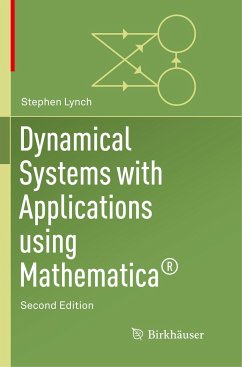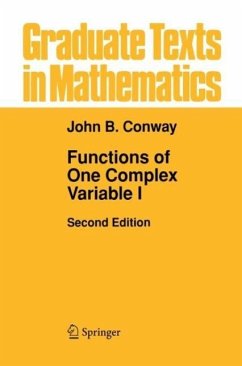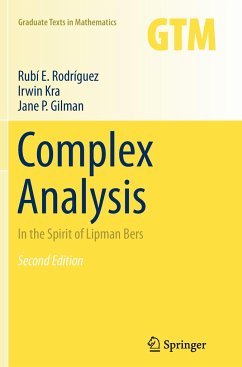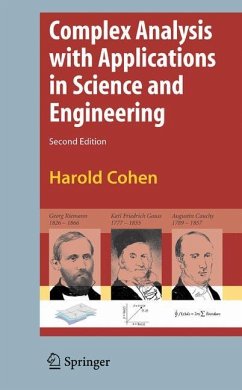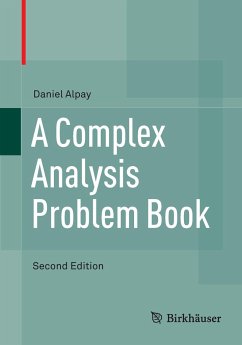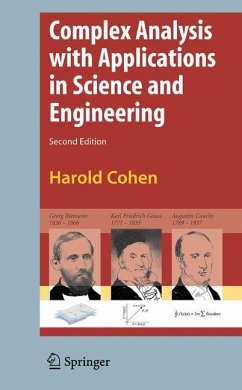
Complex Analysis with MATHEMATICA®

PAYBACK Punkte
75 °P sammeln!
Complex Analysis with Mathematica offers a way of learning and teaching a subject that lies at the heart of many areas of pure and applied mathematics, physics, engineering and even art. This book offers teachers and students an opportunity to learn about complex numbers in a state-of-the-art computational environment. The innovative approach also offers insights into many areas too often neglected in a student treatment, including complex chaos and mathematical art. Thus readers can also use the book for self-study and for enrichment. The use of Mathematica enables the author to cover several...
Complex Analysis with Mathematica offers a way of learning and teaching a subject that lies at the heart of many areas of pure and applied mathematics, physics, engineering and even art. This book offers teachers and students an opportunity to learn about complex numbers in a state-of-the-art computational environment. The innovative approach also offers insights into many areas too often neglected in a student treatment, including complex chaos and mathematical art. Thus readers can also use the book for self-study and for enrichment. The use of Mathematica enables the author to cover several topics that are often absent from a traditional treatment. Students are also led, optionally, into cubic or quartic equations, investigations of symmetric chaos and advanced conformal mapping. A CD is included which contains a live version of the book: in particular all the Mathematica code enables the user to run computer experiments.





